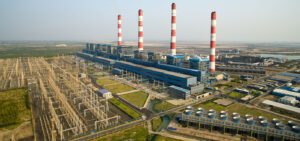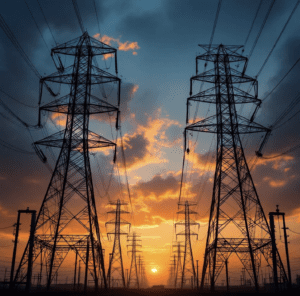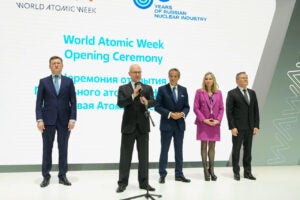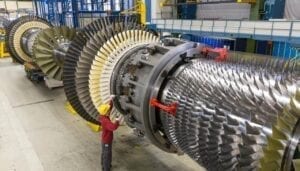Shielding customers from the true costs of controlling carbon dioxide (CO2) for the next two decades will make the whole effort more expensive in the long run. A transitional period of free allocations is reasonable, but it should be brief—no more than five years. After that all of the allowances should be auctioned, with proceeds returned to consumers in different ways. I understand why many in my industry are advocates for allocation. It is difficult to argue that one’s product should be made more expensive for customers.
However, by hiding the costs of CO2 we will, in effect, be subsidizing electricity consumption. We will forgo what is widely recognized as the single most effective form of CO2 reduction in our arsenal: price-responsive behavior by consumers. The result will be less energy efficiency (the most cost-effective alternative), higher electric consumption, and a higher overall cost of CO2 reduction than if we simply let price signals work. In plain English, with a long-term allocation, the same level of greenhouse gas reduction will cost us more!
A well-designed "auction and recycle" plan can do more to promote consumers’ economic welfare than an allocation plan. The recent proposal from the House Committee on Energy and Commerce includes the kernel of such a plan. It provides for 15 percent of the allowances to be auctioned, with the revenues directed to offset the regressive impacts on low- and moderate-income households through tax rebates or other measures not linked to energy consumption levels. This will help these households address the impact of higher energy prices—but without diluting their incentive to conserve energy.
This is a good start, but it is not enough. The auction-and-recycle proposal should be expanded and used in place of free allowances. Show the price signal to consumers, unleash the full power of the marketplace to find efficiencies, and use the auction revenues to protect households and our economy by reducing or replacing other taxes. The notion that allocation of allowances worked well for sulfur dioxide (SO2) cap-and-trade, so it should be used for CO2 cap-and-trade, is simply misguided. The price of SO2 control was a very small portion of the total cost of electricity. No one argued that getting consumers to use less electricity was a cost-effective way to control SO2.
With greenhouse gases, we face a very different situation. If we shield customers from the true cost of CO2 emissions, as a nation, we will spend more in the long run and overconsume our limited resources.
Nor will giving away allowances instead of auctioning them prevent fuel switching from coal to gas, as some have argued. The economics of such fuel switching from the point of view of a generator are exactly the same whether allowances have to be purchased at an auction or are given to the generator for free. If the generator can come out ahead by selling the allowances and switching to gas, it will do so.
Last year several hundred well-regarded economists signed a statement calling for auction, not allocation, of allowances. Here’s what they said: "Free allocations will deny the government the necessary resources to reduce the economic cost of combating climate change, and will thus generate needlessly high costs of achieving any reduction target." Various studies performed by the Congressional Budget Office confirm exactly this. This is too expensive an undertaking to ignore such analytically sound advice.
—J. Wayne Leonard is chairman and CEO of Entergy Corp. His comments are reprinted from the May 19 issue of The Energy Daily, COAL POWER’s sister publication.







